National Day Special 2016: Things to call our own
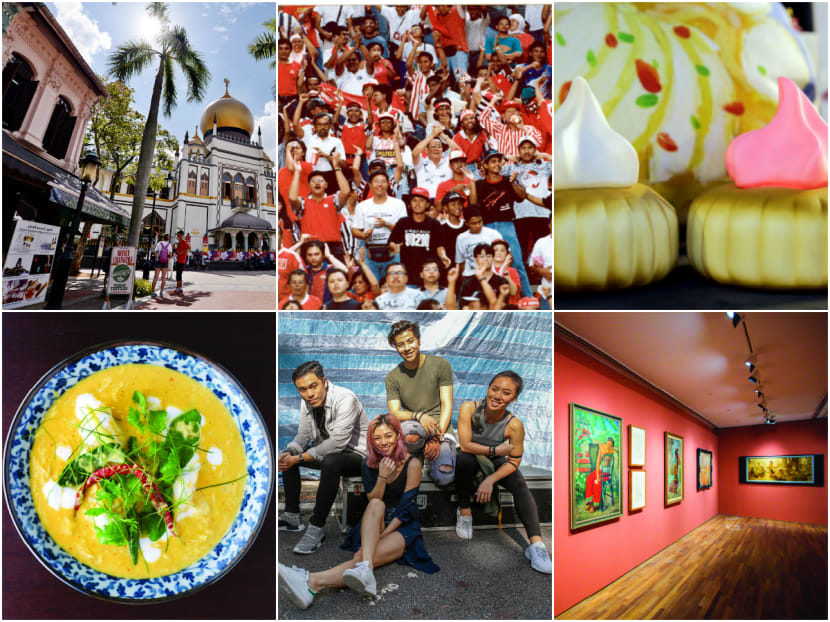
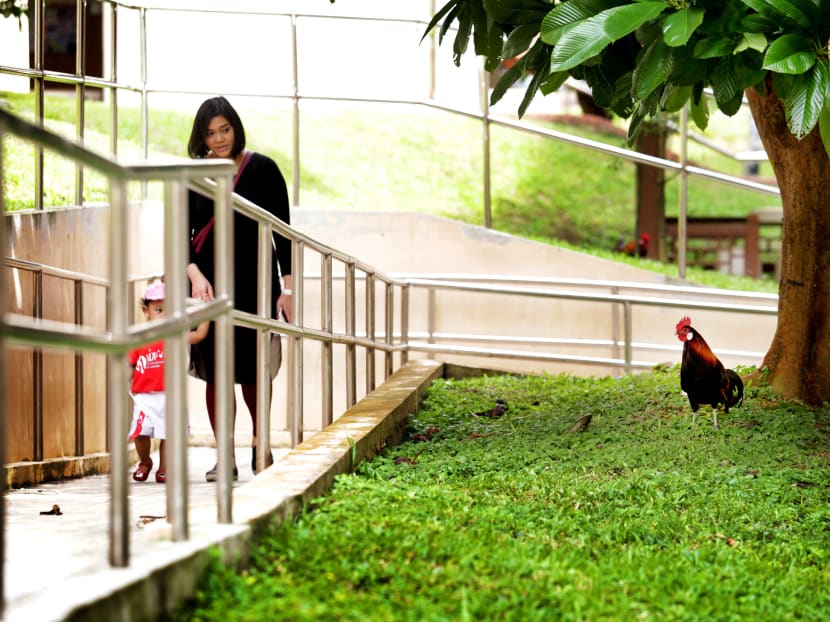
In the Housing and Developing Board estate in which I live, a flock of “chickens” has laid claim to some of the green leafy corners of the neighbourhood, delighting children, alarming other local birds, and provoking a protective instinct among adults, who slow their cars to let the birds cross the road. Shortly after they moved in, residents were told that they were not, in fact, chickens but Red Junglefowl, the wild ancestor of domestic chickens, and a protected species here. It was a pleasant situation of a community hosting an endangered member of the local eco-system.
Later, I found out that while the Red Junglefowl is native to the region, it had been locally extinct for some years. The birds we see now are likely to have descended from a few plucky creatures that somehow made it from Johor to Pulau Ubin, before moving onto mainland Singapore.
In a small, outward-looking country like Singapore, the line between external influences and what is “native” is often blurred, and origins are not always clear. Yet the push and pull between these two elements is also the undercurrent that runs through many of the things that gives Singapore some of its unique qualities, even if it occasionally gives rise to tensions. Full story: http://bit.ly/2aLQUDW
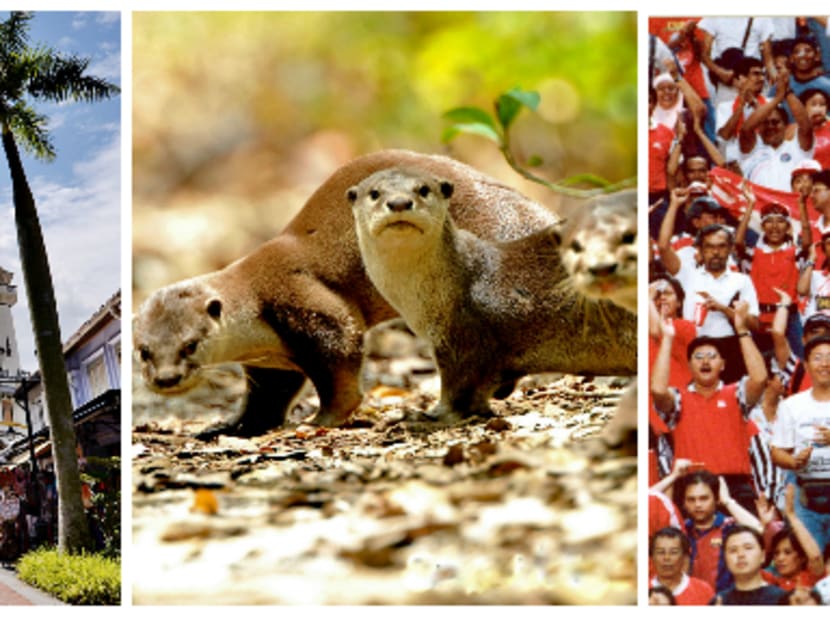
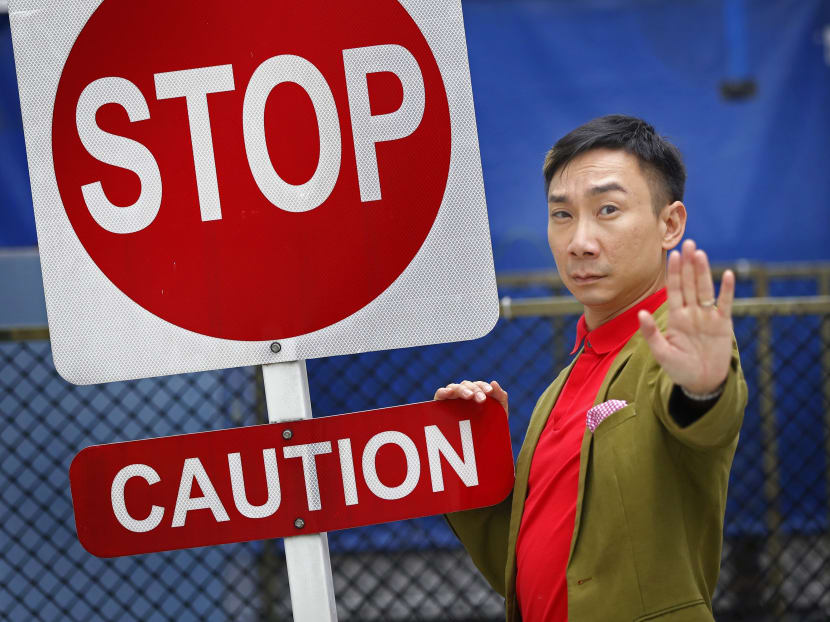
For comedian Hossan Leong, naming his company after the popular Singlish expression “double confirm” has been a double-edged sword. While the phrase from which the name of his firm — Double Confirm Productions — derives is a catchy conversation-starter, it has also drawn flak from strong proponents of standard English, Mr Leong, 47, told TODAY. One such critic was a Malaysian lawyer, to whom he had passed a business card. Recalled Mr Leong: “He (went), ‘Oh, but you know it’s not proper English, right?”
“Double confirm”, which means to confirm something twice, was the catchphrase of the We Are Singaporeans TV gameshow he hosted between 2011 and 2014. The entertainer is unapologetic about its use. “It’s my company ... For me, it doesn’t really matter. If you understand me, I understand you; we communicate, we get the job done,” Mr Leong said.
Indeed, few things in the Republic are at once as deeply loved and as fiercely divisive as Singlish, a mixture of languages including English, Malay and Chinese, and dialects such as Hokkien. Full story: http://bit.ly/2b0L1DE
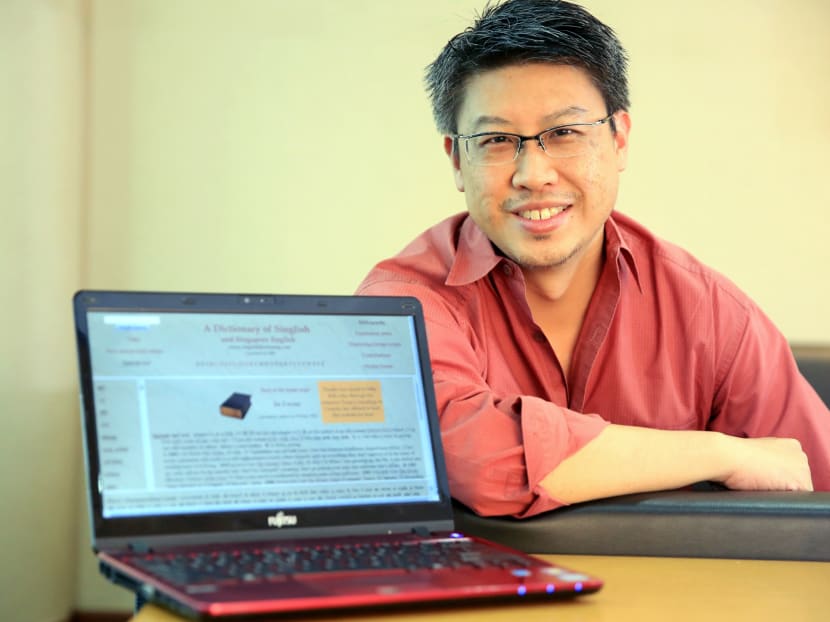
He hardly spoke Singlish at home during childhood and was exposed to trickles of it during his schooling years. But this soon changed when Dr Jack Lee was drafted into National Service, where Singlish was widely used among servicemen and his superiors. Some of the terms that were ricocheting around him had “seemed almost like a foreign language”, said Dr Lee, 45, an assistant law professor at Singapore Management University. His curiosity was piqued, and he began jotting down unfamiliar phrases and words.
What began as an effort to grasp the meanings behind these phrases later morphed into A Dictionary of Singlish and Singapore English, an online resource Dr Lee set up in 2004 after returning from the University College London with a Master of Laws. Full story: http://bit.ly/2azXFWc
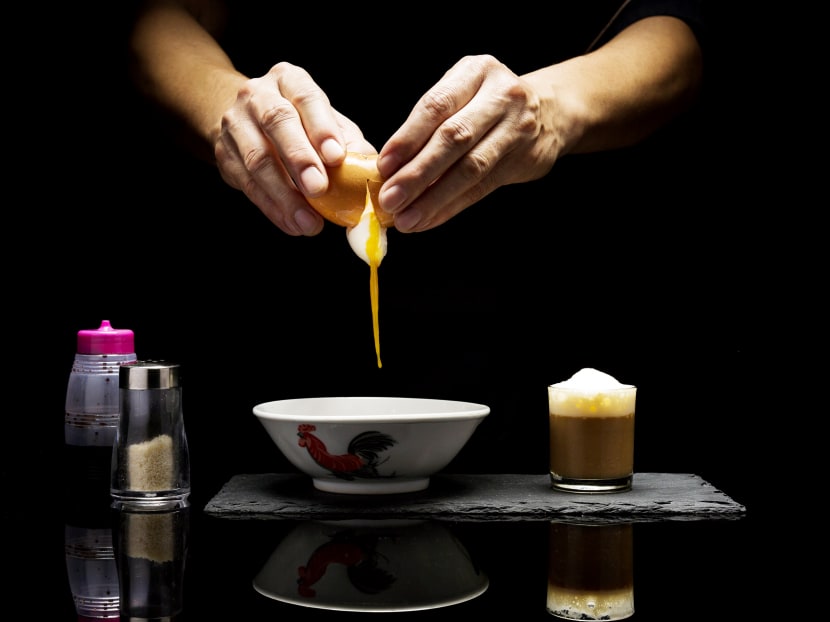
The national pride and identity Singaporeans find in the foods they have grown up with is undeniable. And it is not hard to appreciate the multi-ethnic buffet we so fervently indulge in. “The way we connect with our fellow Singaporeans revolves so much around our common love for dishes from home, especially hawker food,” said Ms Tan Su-Lyn, chief executive officer of Ate Integrated Communications and cookbook author who has worked with chefs such as Justin Quek and Jereme Leung on their tomes.
Its affordability is a social equaliser, she continued, adding that such foods have helped locals build a shared history. Full story: http://bit.ly/2aAxajx
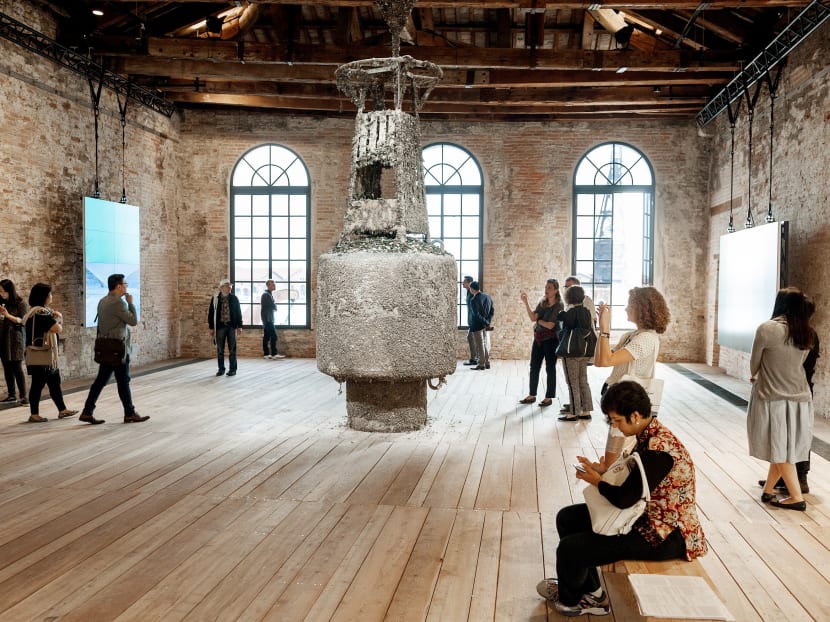
The Singapore art world has changed tremendously since the time of the Nanyang artists, but interaction with international and regional influences persists throughout the decades. Full story: http://bit.ly/2avbx8P
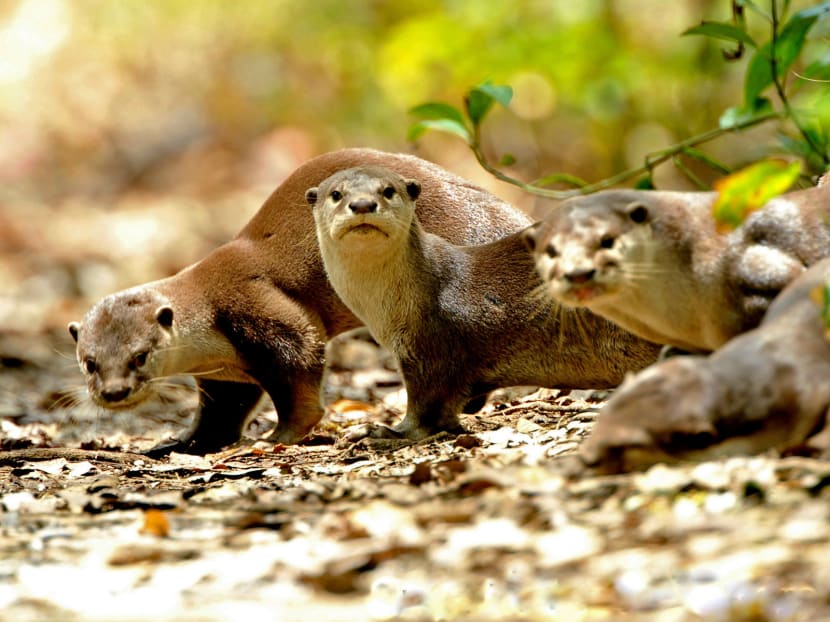
On a routine survey dive in 2011, marine biologist Karenne Tun swam past a whitish marine sponge with a thick stem. Immediately, she knew something was different, and clipped off a small sample to show Singapore’s sponge expert, Mr Lim Swee Cheng. For two years, Mr Lim had been in search of an elusive giant sponge species so large they had been used as bathtubs for children, and the last record of the sponge was in the early 1900s in Singapore. The next day, after examining the sample from Dr Tun, he sent her a message that “this was the one” — a species of sponge known as Cliona patera, or Neptune’s Cup.
Dr Tun then returned to the spot where she discovered another Neptune’s Cup, less than 50m away from the original one. Since then, the research team has been monitoring the second sponge twice yearly. Beyond the sheer thrill of discovery, scientists view Neptune’s Cup as a symbol of Singapore’s natural heritage, and a way of putting the country on the “biological map”, not to mention its contribution to cancer research. Full story: http://bit.ly/2azZFh9

The 41-year-old ginger plant specialist considers herself as one of those “crazy people who love plants to bits”. Full story: http://bit.ly/2aMgE3a
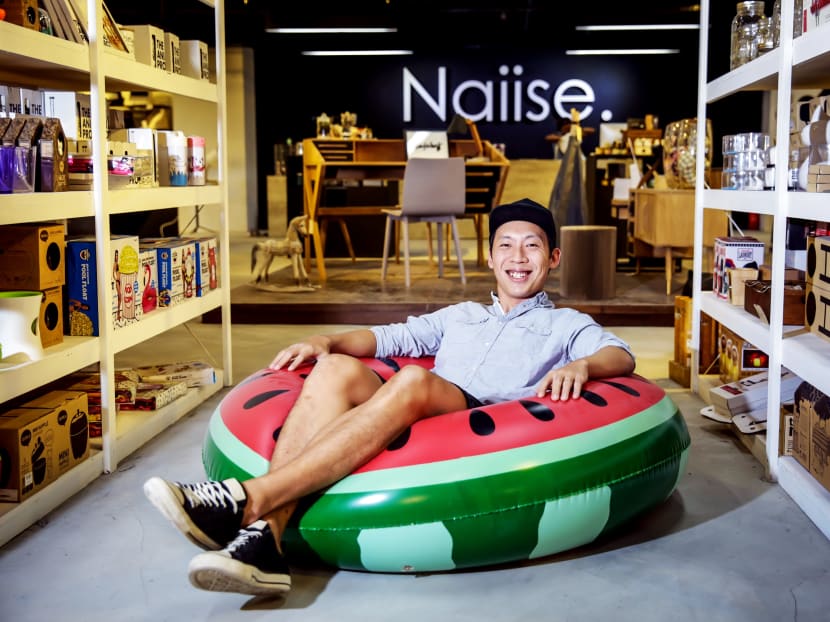
Trade agency International Enterprise (IE) Singapore spearheaded the initiative to get companies to leverage the Singapore brand, and that first breakthrough in Liaoning paved the way for more firms from the enrichment sector there to widen their reach into the Chinese market in subsequent years. Full story: http://bit.ly/2avcgqi
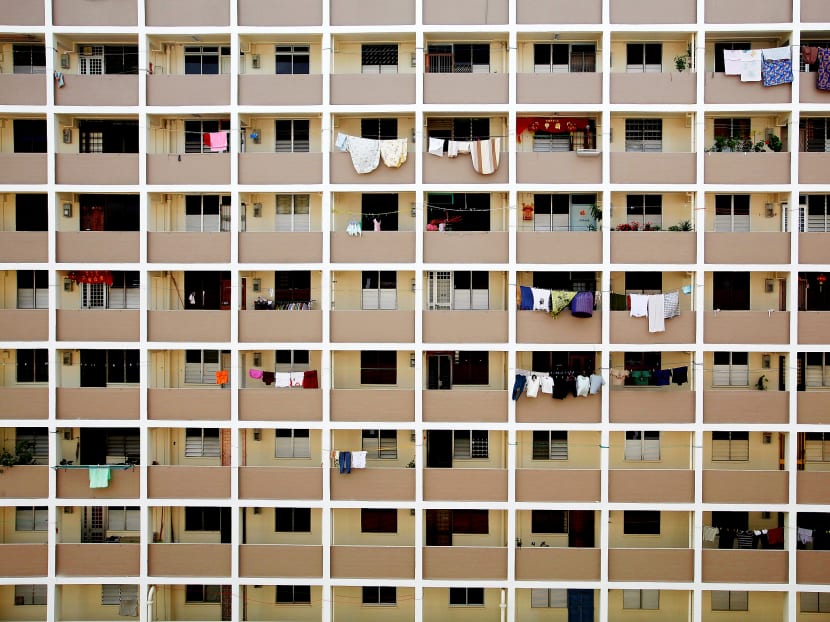
Rooted in pragmatism and fuelled by the determination of a pioneer generation to help the nation succeed in the early years post-independence, Singapore’s policy successes are distinct in how they blend the strong hand of the Government with individual responsibility. Full story: http://bit.ly/2aWjAYK

The crowds at both The Sam Willows’ and Gentle Bones’ shows may only make up a fraction of the audience that Ms Sun or Mr Lin gets, but the fact that people are willing to pay to see their favourite local English pop singers is a turnaround in attitudes from a mere five years ago. Full story: http://bit.ly/2aMIMU2

That Singaporeans dare to even dream of an Olympic gold medal is indicative of the progress that the sporting scene in Singapore has made in recent years. Full story: http://bit.ly/2b8OvCf
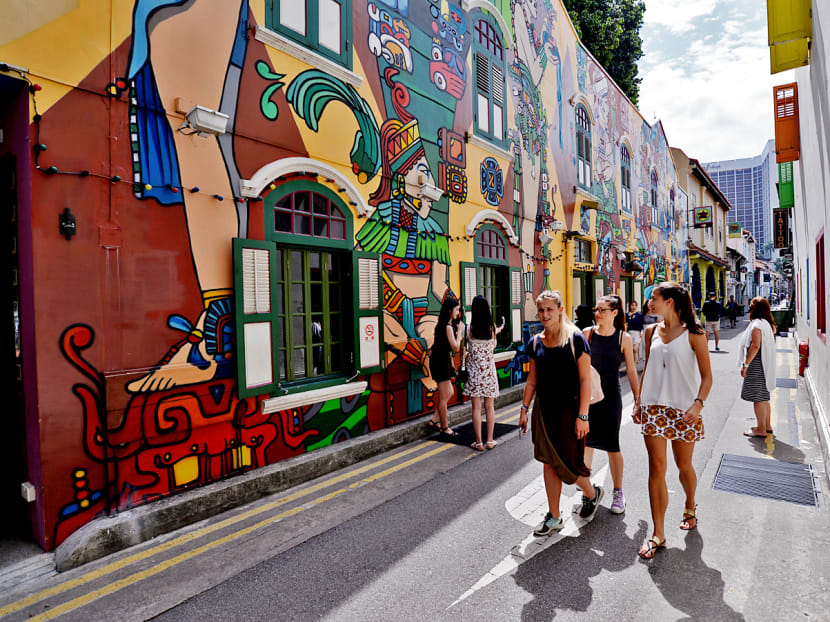
In colonial days, the Arabs, Indians, Javanese, and Chinese thronged the area, proving that multiculturalism does not belong exclusively to modern Singapore. Named after the cajeput tree, called “gelam” in Malay, the area was established in the early 1800s as a royal settlement for Sultan Hussein and his family. With the arrival of immigrants from different ethnic groups — bringing with them goods to be traded — free trade policies and a well-placed port heralded an age of trading in Kampong Glam.
This rich culture remains apparent today. Take a walk towards Sultan Mosque up Bussorah Street, and waiters from Middle Eastern eateries beckon you over for a meal. Full story: http://bit.ly/2azZC4P






